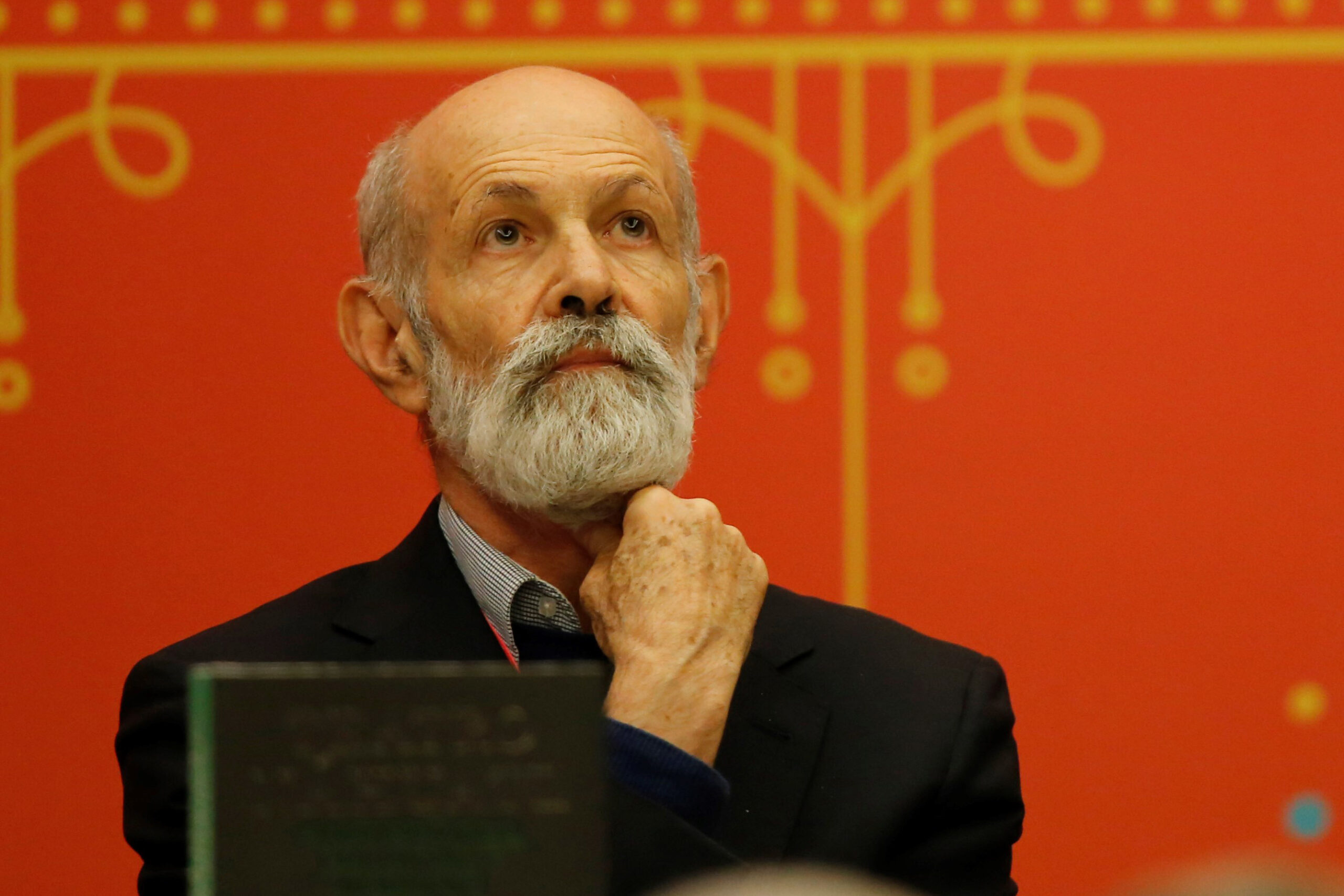Eduardo Matos Moctezuma, Mexican archaeologist and anthropologist known for leading the surveys in the historic center of Mexico City, in search of the buried city of Tenochtitlán, is the winner of the Princess of Asturias Award for Social Sciences, according to the ruling announced this morning in Oviedo.
For 44 years, the career of Matos Moctezuma (Mexico City) has been linked to the Templo Mayor project, which started by chance. On February 21, 1978, some electrical service workers employed in a repair in the center of the capital, found an enormous stone sculpture of Coyolxauhqui, the Mexica goddess (the term that has been imposed in academic circles to Aztec) that represents the moon. The discovery changed the attitude towards the study of the pre-Hispanic past and of the Mexica culture and propitiated a long-term program in which Matos Moctezuma has been the leader.
The initial objective of the plan has been the exploration of the ceremonial center of Tenochtitlan, known as the Sacred Enclosure, located in the center of the island of Tenochtitllán, at the confluence of the three main roads that used to organize the city, 200 meters from the current Zócalo square and the façade of the Metropolitan Cathedral of Mexico City. The enclosure is a square of 400 meters per side, was occupied at the time by 78 buildings and hosted the most important events in the political, economic and religious life of the Mexica Empire.
Over the years, the Templo Mayor project has expanded its limits, has become the Urban Archeology plan, and has spread to the entire historic center of Mexico City. The extension of the Cultural Center of Spain, behind the Metropolitan Cathedral, allowed to find in 2006, the remains of Calmécac, a school where the children of the Mexica elite studied. Later, archaeologists discovered under the National Monte de Piedad building, the remains of the Palace of Axayácatl, where the Spaniards were housed upon their arrival in Tenochtitlán, where Moctezuma was taken prisoner and died, and where Hernán Cortés built his house.
“I founded the Templo Mayor Project in 1978 with an interdisciplinary team: biologists, chemists, geologists, botanists. Today, after 42 years, the support of different sciences continues to try to know the past, what the Templo Mayor was and its surrounding places,” explained Matos Moctezuma in an interview with the Milenio newspaper in 2020.
The archaeologist is also the author of several academic and popular books, often devoted to the culture of death in pre-Hispanic Mexico. In 1975, Death on the edge of obsidian: the Nahuas facing death. The second, from 1986, was Life and Death in the Greater Temple. And the last one, Death among the Mexica, appeared in 2010.
Matos Moctezuma’s vision of the History of Mexico is that of a scientist who avoids idealizations and moral judgments about the past. His idea of Mexico is that of a country born from the synthesis between the American peoples and their Spanish invaders. The temptation is to think that the failure of her Princess of Asturias Award serves to remember the old friendship between Mexico and Spain, rarefied in recent years by political debate.
Conforms to The Trust Project criteria
















